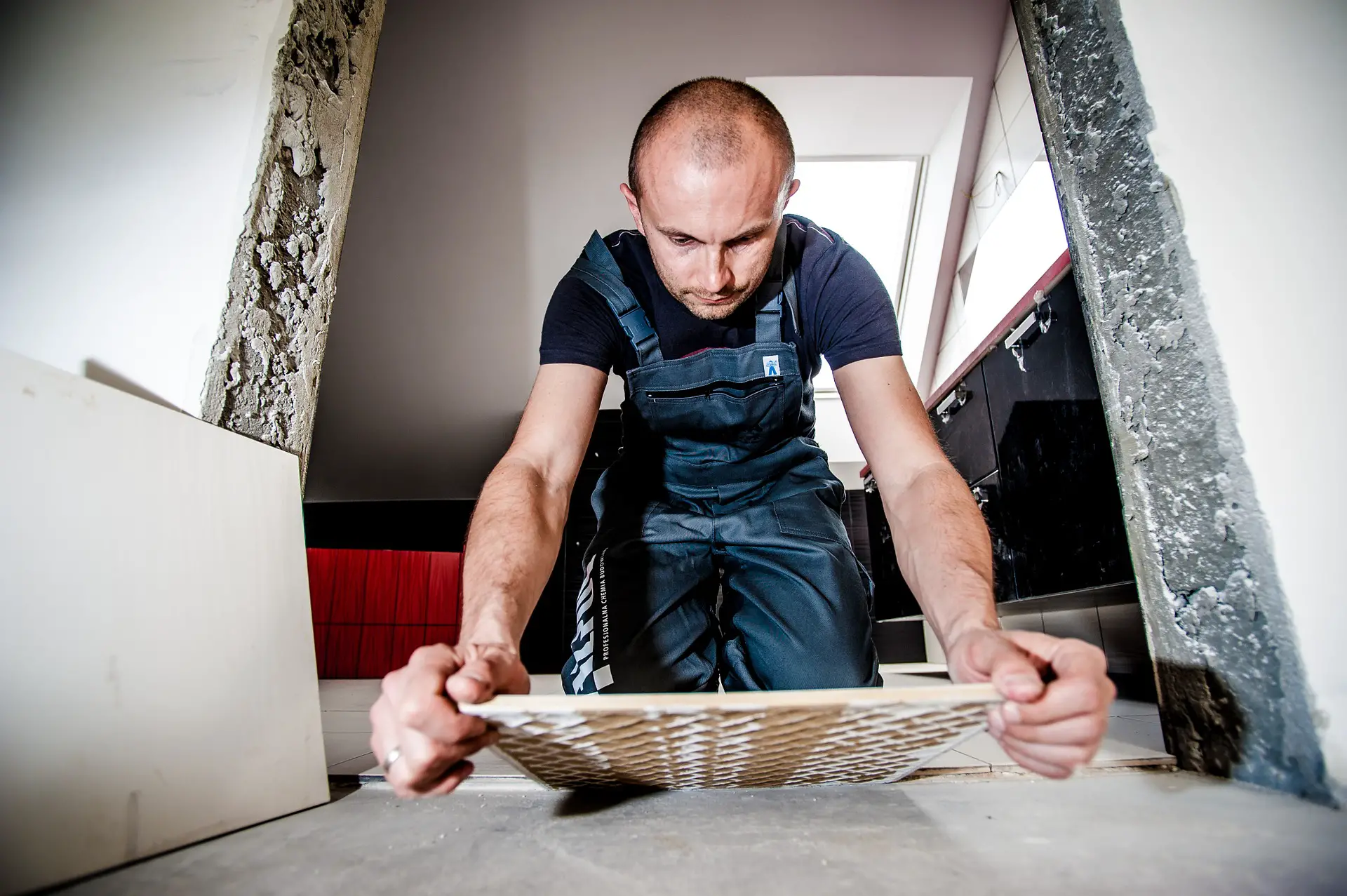The World’s Greatest Way to Pick the Perfect Trowel Size for Tile (2021)
Tile trowels come in a variety of sizes and shapes to cater to the vast range of tile sizes available on the market. Certain sizes of tile require the use of specific trowels sizes to spread thin set, in order to get the optimal results when laying down tiles. It also depends on where you are going to set tiles (backsplash, floor, slanted roof etc.). Tile installations aren’t all cookie cutter jobs and the techniques and tools needed may differ according to the surface type, the tile material, and other custom factors such as using different sized tiles to create a pattern and so forth. So, how do you pick the right size of trowel to use with your tiles? Check out our quick guide on the best way to pick the perfect trowel size for your tiles.
Types of trowels
Trowels for tiles have different shapes, these shapes are used depending on how you want your tile thin set to be spread. Tile trowels have notches or teeth around their perimeter and these notch shapes have different levels or concentrations of thin set application. The notch shapes that are typically used for tiling are:
Square notch and U notch
The square and U month trowels are the most commonly used trowels for floor tiles. They vary in shape, one has square spaces in between the notches and one has U shaped spaces between the notches. They however, work in a similar fashion and there isn’t much different in the results except that U notch provide slightly better coverage. These trowels are used for large-bodied tiles, natural stone and pieces that require a thicker layer of thin set for secure placement.
V notch
V notch trowels are recommended for wall tiles. They have V shaped notches on the trowel edges and applies less mortar than the U and square shaped variety. This is essential for walls to avoid any over smearing or having too much excess mortar spilling over when tiles are set in place.
European notch and slant notch
European notch trowels don’t have a uniform size of notches around the edges, they have notches of varying sizes instead. These provide even more coverage and application than U or square notch trowels and can be used with very large tiles, ceiling tiles and large wall tiles. Slant notches have the same effect as European notch trowels. They are both preferred because they reduce the occurrence of air pockets and their full coverage provides better adhesion.
What size of trowel is best for tiles?
There is not universal one size fits all trowel for tiles, at least to ensure a well-done tile installation. Picking the notch shapes and trowel size depends on the size range of the tiles. Here is general guide of trowel to tile size ratios which are commonly used:
- Mosaics/ small format tiles (10x10cm or smaller) – 3-4.5mm
- Small/medium format wall tiles (10×10cm-30x30cm) – 6mm
- Large format tiles (20×20cm -30x30cm) – 8mm
- Floor tiles (30×30-40x40cm) – 10mm
- Large format tiles (40x40cm+) – 12-20mm
There are many more trowel size options, but the general rule that applies to picking the right trowel size is that larger tiles require larger trowels and smaller tiles require small sized trowels. The trowel size also helps to gauge the thickness of the thin set application and how much can cover the back of the tile for a firm adhesion. Large floor tiles need a thicker depth of thin set for more efficient adhesion and secure placement due to withstand foot traffic. For rectangular tiles, the mortar is usually applied following the shorter side of the tile. You many also need trowels of different sizes on hand if you need to do any back buttering or apply other techniques to set tiles.
Takeaway
In order to ensure your tile application is conducted properly and ‘built to last’, the right size and notched trowel must be used in the tile laying process. Tiles that are not well set will crack, break, be uneven or raise out of place over time. This can be costly to repair, so your best bet is to get the job done correctly the first time around.
Ideally, tile installation should be done by a professional and reputable mason to achieve the best, long lasting results. However, if you want to attempt a DIY solution to tile an area, take the time to research and make the appropriate measurements and considerations required to choose the best trowel size and notch options that will allow you to securely install your tiles.


